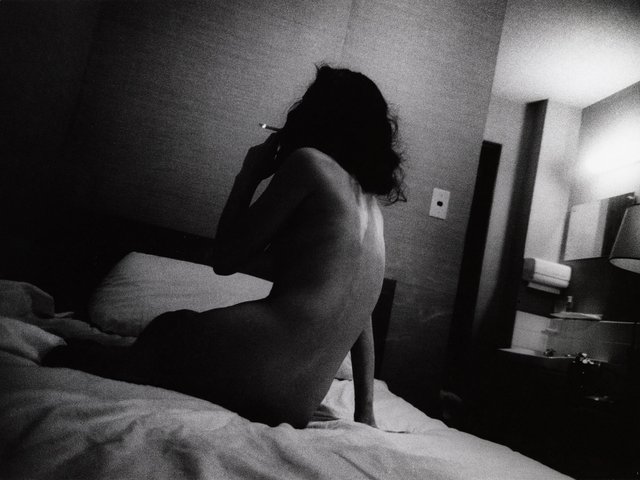As well as leading the world in information technology, Japan has pioneered the way in the creation of museums and galleries of media art. The Inter Communication Centre (ICC) and the Image and Technology Gallery at the Metropolitan Museum of Photography are two of the latest ventures.
The Nippon Telegraph and Telephone Corporation (NTT), a recently privatised government corporation, has opened the ICC in the centre of Tokyo to commemorate the centenary of the telephone service in Japan. Located in the tower of the newly built Tokyo Opera City, which also houses the New National Theatre and the Opera City’s concert hall, the ICC aims to be based on the most up-to-date technological innovations.
The ICC specialises in media art and is the only museum of its kind to have a permanent display of the collection. Already 150,000 visitors have attended.
Mr Akira Asada, a social philosopher whose ideas influenced the making of the ICC, said he thought it would be appropriate for the NTT to sponsor the ICC because the corporation plays a major role in creating the infrastructure of the new era of electronic information. He believes the NTT can help to make the ICC the centre for electronic information culture in the new digital age.
His idea was to devise a techno-art centre that focused on the culture of communications in the electronic age. He says, “The terms ‘technology’ and ‘art’ both derive from the same root word, with ‘techne’ in Greek later being translated into Latin as ‘ars’. Although these two concepts were originally one and the same, in the modern world technology has come to be identified as ‘hard system’, while art has turned inward towards subjective expression. In the new electronic age, art and technology are now once again organically blending together. It seemed right to create a centre that could act as an interface between the two.”
Mr Asada felt it was essential for the ICC to “render seemingly esoteric fields, such as art or technology, more accessible to society.” He was also determined to make the new centre more than a repository. He explained that: “It would be boring to make ICC simply into a box for displaying things. Instead, we are trying to create a kind of switchboard where various kinds of information are collected, transformed, accumulated and then transmitted.”
Mr Keijhi Nakamura, a curator of the ICC and former professor of aesthetics at Doushisha University, has taken responsibility for mounting the displays. He has ensured that the media works are fully interactive, involving the audience. He says, “Japan has a lot to offer as it is one of the most advanced nations in technology and most of the artists who work in this media in Japan and abroad are using Japanese products.”
The connection between art and technology is also being explored at the Tokyo Metropolitan Museum of photography, the first museum in Japan to specialise in photography and optical imagery. Opened in 1995, the collection had been started in 1988 and aims to include more than 75,000 images, cameras and films.
Miss Tomoe Moriyama was on the planning committee of the museum in 1989 and is now in charge of its Image and Technology Gallery. When a student at Tsukuba University she became keenly interested in the new art form and felt the museum needed to enable the artists working in new technology to exhibit their work.
The gallery comprises video art and films, and encompasses inter-active art and computer art. Since the museum has opened she has organised a number of exhibitions and was in charge of the exhibition, “Electronically yours” at the National Portrait Gallery in London in 1997.
Originally appeared in The Art Newspaper as 'Techno-art in Tokyo'


